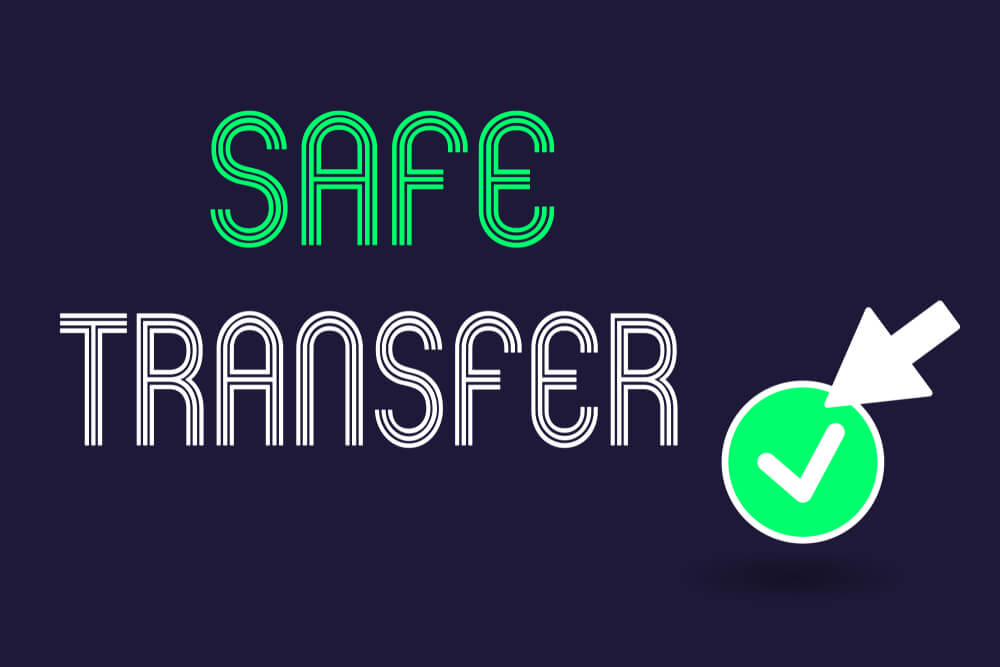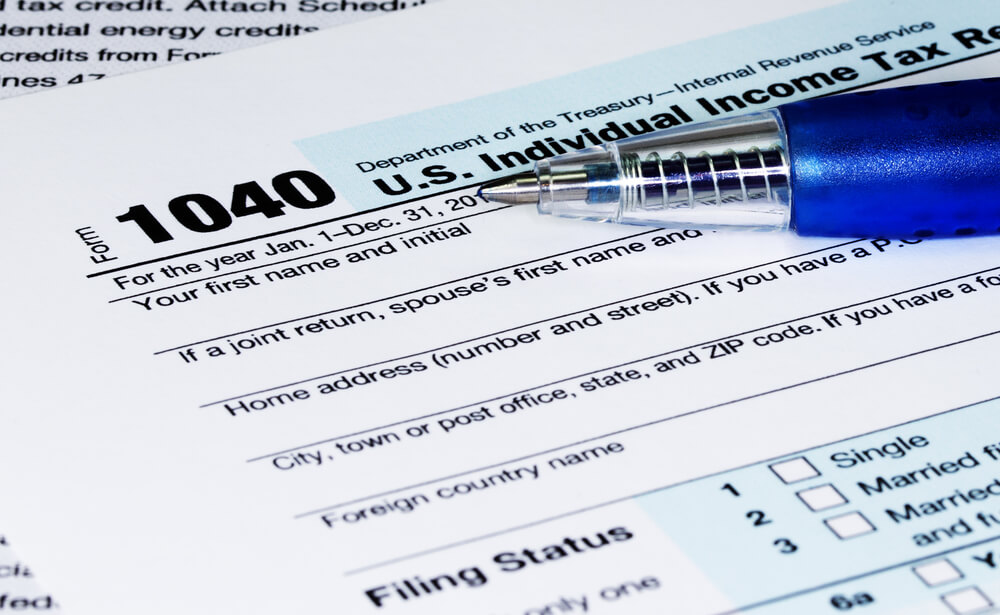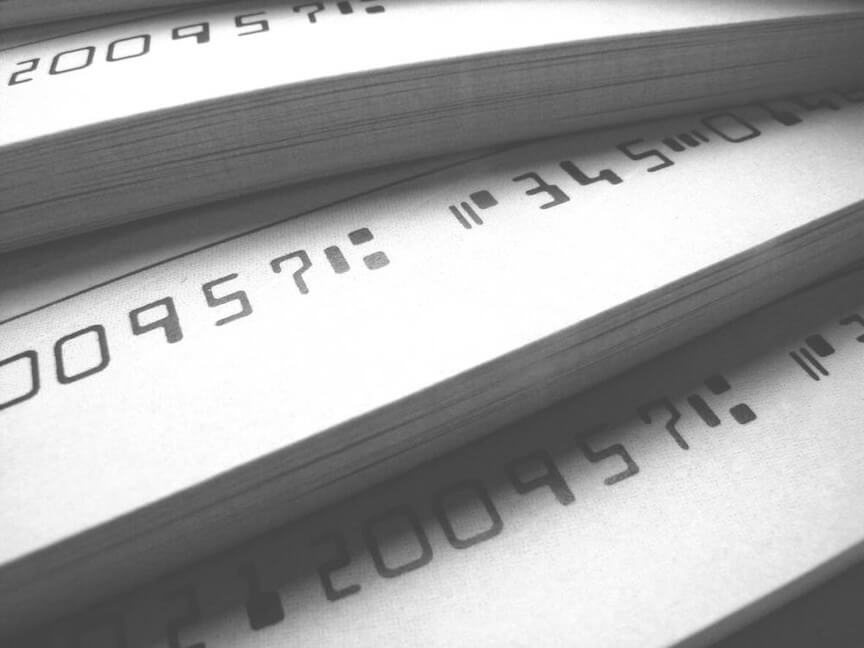Just like you have nine digits assigned to your identity, your bank account has nine digits to identify it and cement its association with you. This unique numerical string is known as your routing number.
While routing numbers are typically discussed only when sending or receiving money to your bank account, they have a rich history and a wealth of interesting information.
If you are curious about your routing number, follow along to learn where it came from, what it means, and find answers to many of the commonly asked questions concerning these infamous nine numbers.
What are Bank Routing Numbers?
A routing number is also known as a transit number. It identifies where your account was opened, so that deposited funds with an intended destination of your bank account can be safely transferred to your account.
What are routing numbers used for?
Routing numbers are used to transfer money between accounts with the certainty that it will arrive in the intended destination. You will commonly see routing number slots in the following transactions:
-
- Direct deposit
- Wire transfer
- Check processing
- Automatic bill payment

No Two Numbers are Created Equal
Every bank has a unique routing number, so a deposit associated with your account number can never land in the wrong hands as long as it includes your bank’s routing number. You are the only patron at your bank with your specific account number, meaning the combination of your bank plus routing number is completely unique as well.
Your Bank might have More than One Number
While no banks will ever have the same routing numbers, a single bank may have multiple routing numbers. Banks often have separate routing numbers for different types of transactions. Ensure you use the correct routing number when transferring funds via wire transfer, sending checks online, or engaging in other similar transactions.
History of Routing Numbers
In 1910, the ABA established routing numbers to ensure that banks paid patrons on behalf of responsible check-writers. If a check cannot be fulfilled, the routing number could direct the to-be-paid patron or bank to the paying patron’s bank to facilitate payment.
Before computers, numbers like those in the routing series were essential for tracking money, transactions, and responsible parties.
Routing numbers helped minimize the art of writing bad checks, a phenomenon of the 1960s known as “check kiting” or “check float.” In those days, it was possible to write a check and have the money fulfilled by the receiver’s bank.
Communication was slow enough that it could take days for the check writer’s bank to be notified of the check and the writer’s lack of funds. If the “check floater” was quick, he or she was out the door, leaving the paying bank responsible for the loss. Thanks to routing numbers, this crime decreased significantly.
Now that the basic purpose and history of routing numbers are clear, let’s answer some of the commonly asked questions concerning the digits.
Frequently Asked Questions about Routing Numbers
Q: What does a routing number tell?
A: A routing number tells where the account holder’s account was opened. It directs funds to this specific branch of a bank.
Q: What is the difference between the routing and account number?
A: The account number is specific to a banker’s checking, savings, or business account. Each account has its own personal number. The routing number identifies where the account is located, which branch of the bank is responsible for ensuring the funds are available and secure.
Q: Can I safely give out my account and routing info?
A: It’s not the safest way to secure money, but patrons are often prompted for this information in order to initiate a wire transfer, direct deposit, check cashing, or automatic payment. Essentially, if a person wants to get paid, they must provide this information.
Giving out the combination of an account and routing number should be done only under professional and secure circumstances. Since the United States has relatively lax security in this area, it is easy for a person with a stranger’s account and routing combination to extract money from the corresponding account.
If work requires the frequent handing out of the number combination, it’s wise to establish a second account. One account can be used to receive money, while another account can be used to hold it. The receiving account can maintain a low balance, allowing its information to be shared without significant vulnerability.
Remember, the routing number is safe to share and is often even public information. It is the account number that should remain secret, as its combination with the routing information gives direct access to a person’s bank account.
Q: Does the routing number have any other names?
A: Actually, it does. The routing number is sometimes referred to as an ABA (American Bankers Association) number or a routing transit number. If prompted for either of these numbers when sending or receiving money, the routing number is required.

Q: Do checks and deposit slips have the same routing number?
A: Not all banks use the same numbers for both checks and deposit slips. It is necessary to check with the branch to find out if either requires a different routing number or if the same number can be used for both.
Q: Is a routing number necessary for a wire transfer?
A: Yes, a routing number is needed to fulfill a wire transfer. Most wire transfers require a routing number, the receiving bank’s name, address, and phone number, as well as the recipient’s bank account number.
Q: Are all bank routing numbers the same length?
A: Yes, all routing numbers are nine digits long. Account numbers vary in length according to the bank, but are typically nine or ten digits long.
Q: Is a routing number required to transfer money?
A: If transferring money between banks, a routing number is necessary. Even if two exchangers share the same bank, the branch at which one account was established might be different than that of the other. In this case, the routing number is again required.
Where to Find Bank Routing Numbers
Routing numbers can be found in several locations.
-
The Routing Number on a Check
If you are looking at a personal check, look at the bottom of the check. There are three strands of numbers in printed ink. The routing number is the number located at the far left (on the right side of the check).
-
Bank Website
Don’t have a check handy? Visit the bank’s website; they may have the routing number posted there. The routing number can be posted online safely because it is not associated with any personal bankers or transactions; it is simply associated with the bank’s geographic location.
-
Bank Statement
A routing number can be found at the top of most bank statements.
CheckIssuing is a reputable check printing and mailing company that can handle all payment needs to ensure quality and timely activity. To learn more about our services or get started with outsourcing payment programs, contact us today.
Last updated: September 2025

